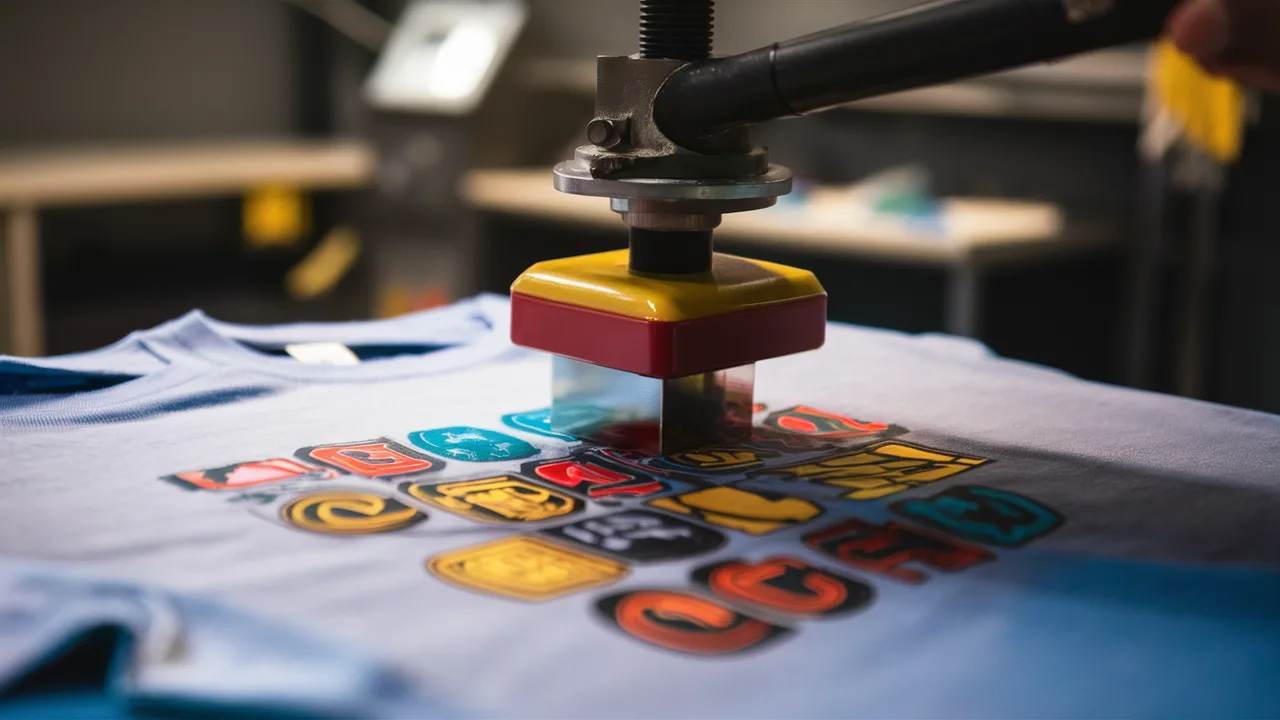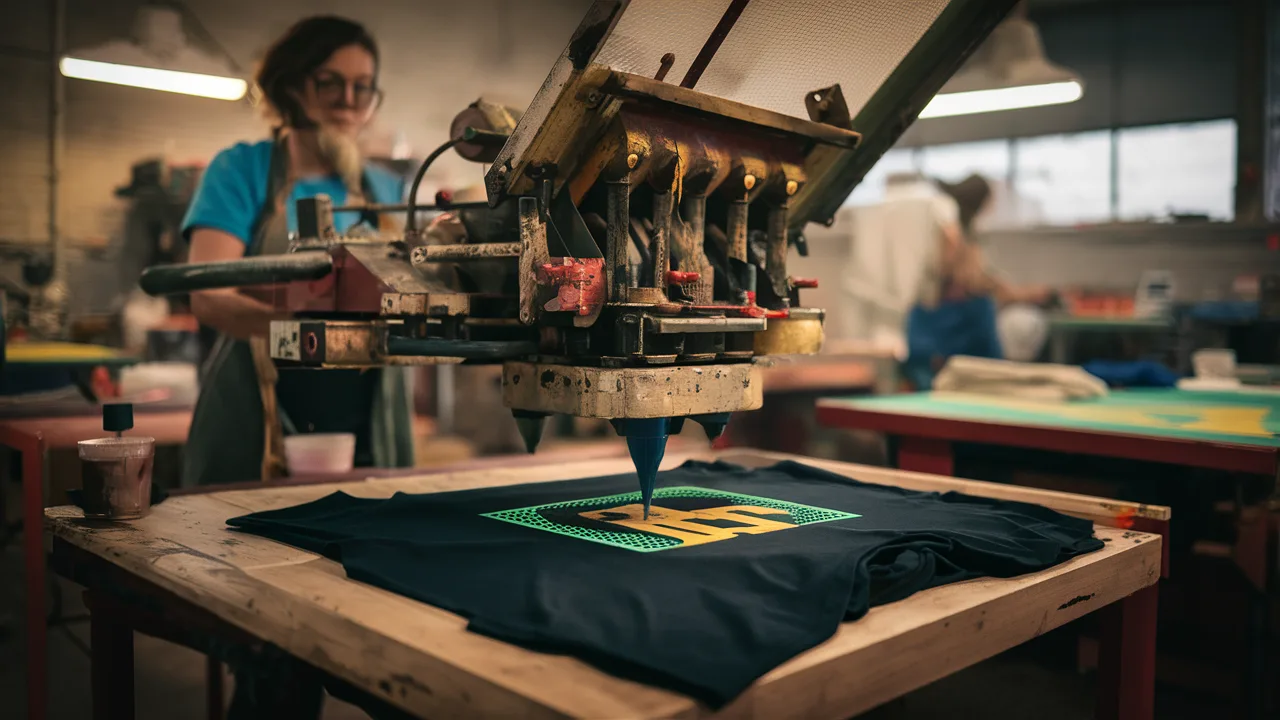Which is better: Heat Transfer or Screen Printing for Clothing?
If you’re comparing heat transfer vs. screen printing for your custom t-shirt printing in Singapore, you’re likely wondering which method offers better durability, finer detail, and greater value. The short answer: it depends on your business’s needs. Screen printing offers superior longevity and bold color saturation for bulk orders, while heat transfer printing shines with highly detailed, small-batch or on-demand customization, thanks to advancements in digital heat transfer techniques.
TL;DR: Quick Comparison of Heat Transfer Vs. Screen Printing
- Durability: Screen printing lasts longer, especially after repeated washes.
- Detail Resolution: Heat transfer (especially digital) excels at rendering complex, photo-like images.
- Cost for Small Orders: Heat transfer is more cost-effective for small batches and personalized items.
- Bulk Production: Screen printing is more cost-efficient for large volume orders.
- Customization Speed: Digital heat transfers can be done faster with less setup.
- Texture Feel: Screen prints embed into fabric, while heat transfers add a layer on top.
Introduction: Understanding the Differences
When it comes to branded merchandise, custom shirts are often the crown jewel of visual branding. But choosing the right printing method can feel overwhelming unless you truly understand how each technology works. As a small business owner or graphic designer looking to maximize both quality and budget, the decision between heat transfer vs. screen printing has significant implications for your product finish, cost efficiency, and customer satisfaction.
We’ll demystify both methods and explore real-world applications that help you confidently choose the best approach for your unique merchandise needs.

Heat Transfer Printing Explained
Heat transfer printing is a method that uses heat and pressure to apply an image—either through vinyl or digitally printed transfer paper—onto fabric or merchandise. This technique is known for its flexibility and exceptional detail quality in custom shirts and promotional items.
Types of Heat Transfer
- Vinyl Transfers: Uses colored vinyl sheets cut into shapes/text with a plotter. Commonly used for personalized shirts or sports jerseys.
- Digital Heat Transfers: Full-color designs printed on special transfer paper, then heat-pressed onto the garment. Perfect for photos and detailed graphics.
- Sublimation (Subtype): Permanently dyes polyester fabric using heat and pressure. Best for light-colored, polyester-rich garments.
Digital heat transfer advantages include vivid reproductions of complex art (like photos or gradients), short turnaround times, and lower upfront costs due to minimal setup requirements.
Ideal Applications
- Small batch or one-off orders
- Promotional merchandise with detailed logos
- Highly detailed or photographic images
- Sportswear personalization
Screen Printing Technique in Detail
Screen printing, also known as silk screen printing, involves pressing ink through a mesh stencil (screen) onto the fabric, one color layer at a time. This fabric printing technique has been preferred by commercial printers for decades due to its bold results and exceptional screen durability.
Pros of Screen Printing
- Exceptional Permanence: Ink bonds with fabric for long-lasting prints that maintain their quality.
- Vibrant, Saturated Colors: Especially effective on dark or thick materials.
- Cost-Effective at Scale: The more you print, the lower your per-unit cost becomes.
Ideal Applications
- Large batch apparel runs
- Branded team uniforms
- Retail-quality merchandise
- Logo printing in bold, solid colors
Comparing Durability and Longevity
Let’s examine heat transfer vs. screen printing durability head-to-head. One of the most essential aspects for any merchandise decision is longevity – because your brand deserves long-term representation, not short-lived graphics that fade or peel.
| Criteria | Heat Transfer | Screen Printing |
|---|---|---|
| Wash Cycles | 30–50 before visible wear | 50–100+, extremely durable |
| Fade Resistance | Moderate (varies by vinyl or ink type) | High fade resistance |
| Peeling/Cracking Risk | Higher if not pressed correctly or low-quality material used | Low, if cured properly |
In practical terms, screen printing longevity makes it the reliable choice for long-term apparel lines and custom shirts that need to withstand frequent washing. However, if turnaround speed and low volume are factors, heat transfer still holds significant value—especially with digital innovations that have dramatically improved durability.
Cost-Effectiveness and Image Detail Analysis
Both methods can be budget-friendly—but only when applied under the right circumstances for your specific project needs.
Cost Guide for Singapore
| Order Type | Low-End (SGD/piece) | Mid-Range | High-End |
|---|---|---|---|
| Heat Transfer (Digital) | $6–$8 | $9–$12 | $13–$18 |
| Screen Printing (Bulk 50+ pcs) | $4–$6 | $7–$10 | $11–$15 (multi-color) |
Side-by-Side: Image Precision
Screen printing excels with logos featuring sharp edges and vibrant color fills, but when you’re dealing with photographic imagery, tonal shading, or gradients, digital heat transfer wins decisively as the best printing technique for detailed images. This heat method allows for precise image transfer that captures every detail of complex artwork.

Conclusion: Making the Right Choice for Your Business
So, which is better: heat transfer or screen printing? The answer depends entirely on your specific goals and requirements:
- Need durability and bulk production? Choose screen printing—it provides the best value and longest life for high-volume custom shirts.
- Need speed and intricate artwork? Opt for digital heat transfer—fast to set up, perfect for photorealistic designs and detailed image transfer.
For example, if you’re launching a clothing line or creating limited edition promotional t-shirts, screen printing might offer better long-term profit margins and superior fabric printing durability. But if you’re handling personalized gifts, one-off designs, or regularly switching artwork, heat transfer provides unmatched flexibility and quick turnaround times.
Frequently Asked Questions (FAQs)
What lasts longer, screen print or heat transfer?
Screen printing typically lasts longer. It embeds ink directly into the fabric, resisting fading and peeling over more washes compared to heat transfers.
Can I achieve photo-realistic designs with screen printing?
It’s possible but difficult. Heat transfer—especially digital heat transfer—is far better suited for photographic or intricate artwork designs.
Which is more comfortable to wear?
Screen printing often feels more natural on fabric. Heat transfers may feel slightly stiff or plasticky, especially when large designs are used.
What’s more eco-friendly?
Depends. Screen printing creates more waste in setup but uses fewer materials per shirt in bulk. Digital transfers use less ink waste but vinyl options may be non-biodegradable.
Is either method better for dark garments?
Screen printing is better for dark fabrics because it uses opaque inks. Heat transfer can work, though it often requires an additional white underbase layer.
How long does each process take?
Heat transfer can be done quickly—production starts almost immediately after design. Screen printing has more setup time, making it more suitable for larger runs.
Can I mix both methods?
Yes, some businesses use hybrid printing techniques—screen for base layers and heat transfer for fine-detail accents. It combines longevity with detail precision.
